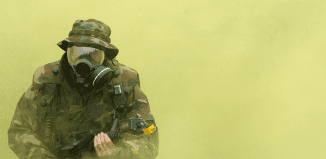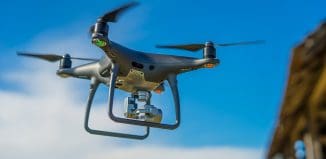US stepping up counter ISIS efforts
This post is also available in:  עברית (Hebrew)
עברית (Hebrew)

Beyond Airstrikes, how can the US accelerate the Islamic State’s defeat?
There is broad agreement among policy makers and defense analysts in Washington, that U.S. airstrikes alone are insufficient to counter the Islamic State group. The United States can and should be more proactive. Continuing to strike Islamic State targets, including those located in Syria, will further disrupt the enemy and buy the United States precious time for successful political and economic efforts.
More than 100 U.S. airstrikes have been carried out following President Obama announcement on Aug. 7. They are designed to apply continuous pressure on Islamic State fighters, and allow the long-term political and economic elements of Washington’s approach to materialize. Therefore, time is the most critical element in this equation.
Nevertheless, the Islamic State group could acquire chemical stockpiles that are believed to exist in Syria. Despite Syria’s September 2013 agreement to destroy its chemical weapons inventory, a United Nations report recently accused Syria of using chemical weapons at least eight times this April. While the last of its declared weapons left Syrian territory at the end of June, some of its chemical weapons facilities still remain operable.
There is also a risk of biological warfare. It was recently reported that some Islamic State members with scientific backgrounds have already begun to explore the logistics of harnessing bubonic plague as a weapon, according to a laptop captured by a rebel Syrian group.
Looking at the air attack options against Islamic State targets, mostly in eastern Syria, three factors must be considered: threat, geography and politics. The US and NATO would have to neutralize Syria’s robust air defenses before committing strike aircraft to any large-scale sustained attacks from the Mediterranean. Strikes originating from the direction of Turkey, Iraq, or Jordan could avoid the western Syria air defenses, but would require U.S. diplomats to secure basing and overflight approvals from partners in the region. Still, US aircraft may yet encounter a handful of highly-capable mobile air defense threats in eastern Syria. Cruise missiles or stealth strike aircraft such as the B-2 may mitigate the threat. Regardless of the axis of attack, the logistics support to sustain U.S. operations over western Iraq and eastern Syria will be costly.




























